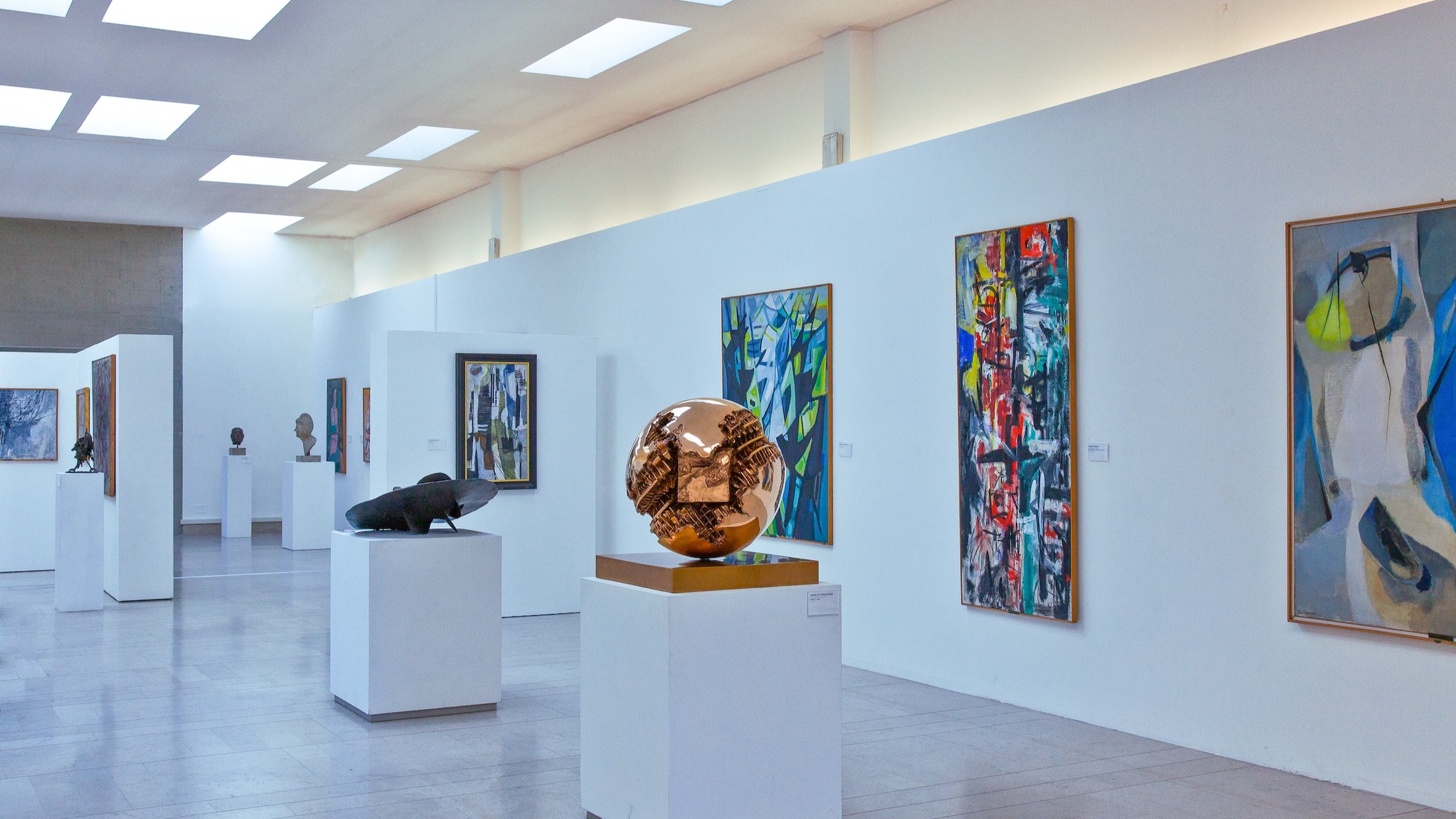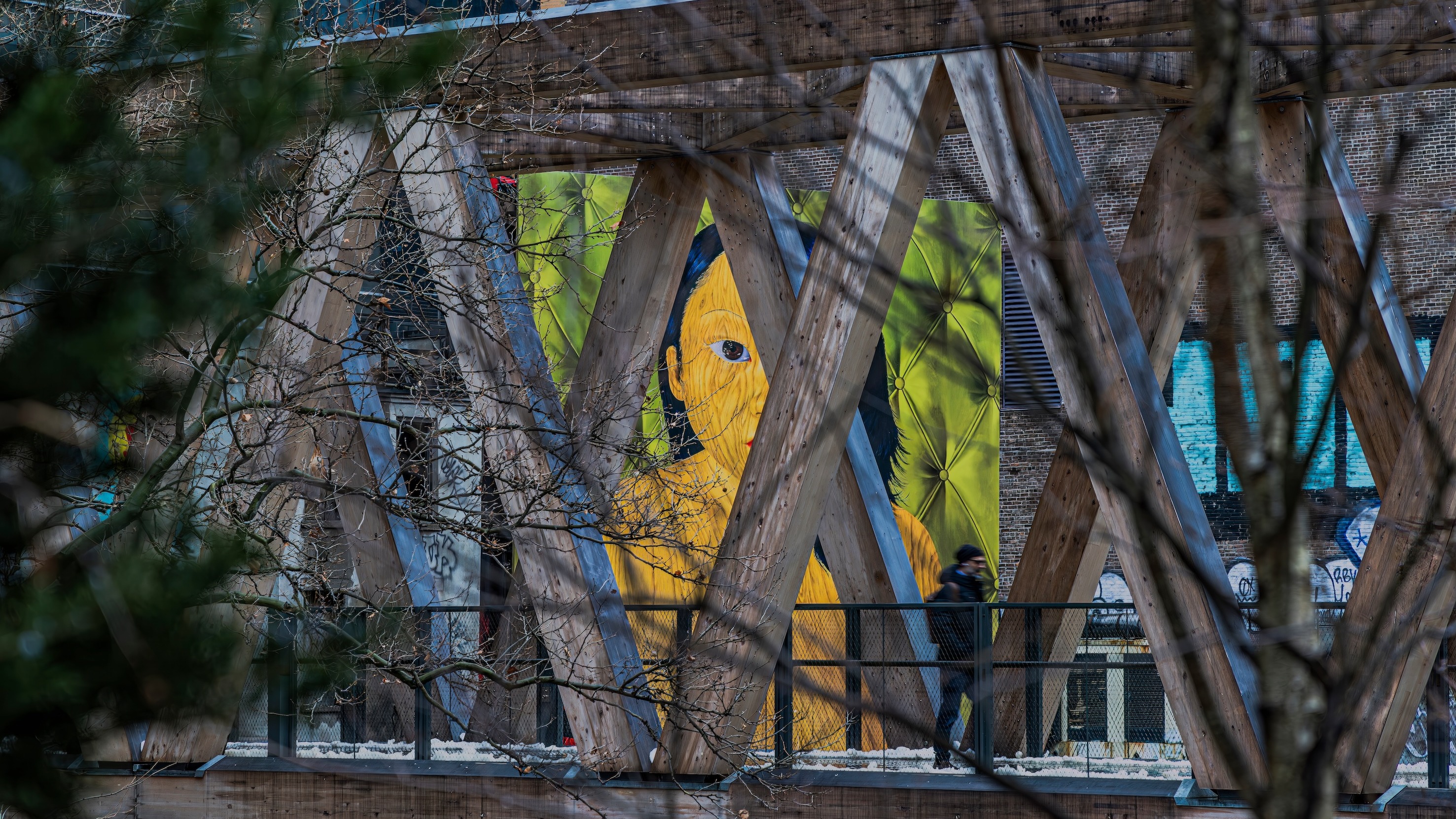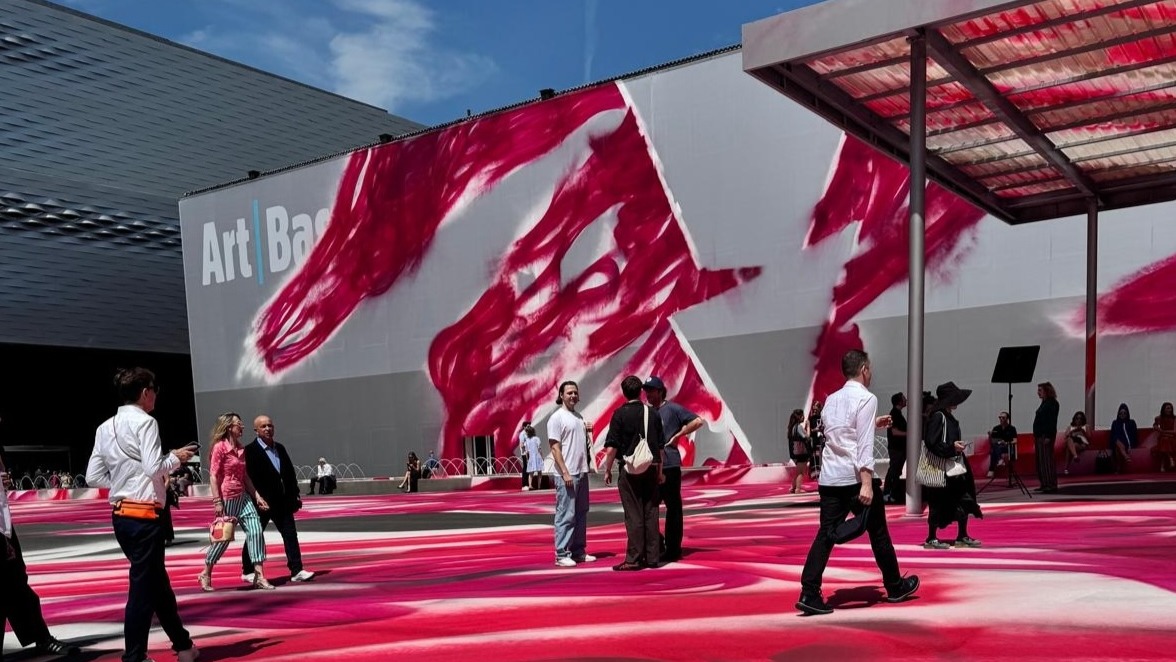
The Rise of Saudi Arabian Art
In October 2008, Edge of Arabia launched an exhibition of seventeen artists from all around the Gulf state of the Saudi Arabian Kingdom. It highlighted the urgency to build a solid cultural dialogue between the Middle East and the West. Since then, as one of the youngest populations in the world, Saudi Arabia has been affirming its significance on the contemporary art scene, combining innovation, tradition and spirituality.
When evaluating Saudi’s artistic panorama, Thomas Freedberg’s quote about images comes to mind: these “are of the same order as our response to reality”[1]. The “value” of the artistic production is expanded beyond its cultural relevance. Figurative pieces, regardless of whether they are paintings, sculptures, installations or street art, embody the social referential system, values, developing conditions, desires and faith of an entire population. If art states the identity of a nation in the historical present, then Arabian art has much older roots than what is shown on the contemporary scene.
Following a stylistic ratio, the regional aesthetic language has been, for a long time, traced under the broad definition of Islamic Art. Unreal representations of Allah were banned in favour of a figurative language traditionally devoid of human representation. Hence, artistic productions were strongly linked to architecture, as well as floral and calligraphic motifs known as arabesques. Consequently, Arab art was limited to the realm of decorative or minor crafts with a narrow creativity margin by many western countries. However, since the start of the new millennium, with more investment awarded to infrastructure, tourism and education, these more artisanal practices blended with sociopolitical themes and material culture. Ancient traditions have now been contextualised within the contemporary, strengthening Saudi cultural identity on a global scale.
As mentioned previously, the Kingdom’s appearance on the contemporary art scene revolved around the project, Edge of Arabia. Born out of an encounter between British artist Stephen Stapleton and the Al Muftah Art Village, in Abha, in 2003, the platform acts to encourage a dialogue between Arab and Western worlds.[2] From 2008, the organisation planned different exhibitions around the world with the purpose of focusing attention on new artists, displaying their pieces and promoting local productions. In this way, the artworks shown didn’t just explicit a testimony, they involved the viewer in a discussion about their original reality; art was a contact zone where issues and needs could be shared and worked on together. Consequently, local artists became a window to the world, or a vehicle for dialogue for Saudi Arabia, which has demonstrated its desire to become a centre for innovation. Two examples of such dialogues were RHIZOMA: 55TH VENICE BIENNALE, in Italy, and #COMETOGETHER, in London. Both focused on the multiple possibilities for innovation and communication, illustrating the Saudi gaze to the western world.
The Kingdom’s increased investment in culture played an important role not only in international relations but also on its internal scene. For instance, the 2012 exhibition, EDGE OF ARABIA JEDDAH: WE NEED TO TALK, curated by Mohammed Hafiz and co-curated by Stephen Stapleton, had the goal of connecting Saudi contemporary artists with local communities to affirm the intergenerational value of art. According to its website, it was “an ambitious educational programme aimed at engaging local school and university students in contemporary art from across the region”.[3] On the one hand, the pieces on display represented tradition and rituals; on the other hand, they also demonstrated to the elder population that change is possible and that culture is key for its educational role.
This new consciousness and sensibility towards art made evident the need for an internal network which supports and connects artists. One of Edge of Arabia’s greatest strengths is it’s scouting operation, which didn’t exclude any region of the territory. Its beginning from a hub outside the main cities wasn’t by accident. Indeed, the Al-Meftaha Arts Village, founded by the Governor of Asir, in 1989, is a peripheral artistic production centre which hosted the work of Ahmed Mater and of the collective, Shatta, in 2002. By building an entire project from a rural place like this, it has allowed art to enter the local dimension and made it a natural response to the need for local expression, far from the globalisation of taste.
One of the most successful collaborations of E. of A. is its alliance with Dar Al Hekma University, which was founded in 1999 and offered formation and international possibilities to young students working on social and gender equality. Great female artists, such as Sarah Al Abdali, Ahaad Alamoudi, Omamah Alsadiq and Huda Beydoun have started their careers there. The effects of such educational institutions and production centres set around the national territory are clearly evident just by looking at different art pieces over the last ten years. The new style features evocative themes which are central to the national debate, all of them elaborated in an original and unaffected way.
One such theme is gender equality. Sara Al Abdali, for example, does not only testify a change with his activity as a mother artist, but also tells the female reality in his pieces. Similarly, Ahaad Alamoudi’s art, which is close to pop art, expresses a very current point of view on new Arabian consumer culture and provides strong critical cues.
Moreover, Abdullah Al Othman-s installations demonstrate a close tie to the Arabian territory; monumental works that interact with the aesthetics of the desert and tell of the needs of its inhabitants.
Different personalities from all around the Arab world have found the possibility of a public space dedicated to them in E. of A., but recent decades show a well-developed situation also emerging from outside this reality. The government has answered positively to the new need for cultural spaces and made additional investments, not just within education but also within museums and exhibition centres. Examples of this include the cultural site of Diriyah, which has been modernised to host the new Diriyah Biennale Foundation, since 2022. At the end of 2023, a new contemporary art museum, the SAMoCA, was also inaugurated in Riyadh, where it is ready to exhibit projects from all around the world. All of these projects are symptomatic of a new interest in art fruition within the context of social wellbeing. They bolster an already prosperous cultural production and are inciting the interest of many art collectors and professionals on a global scale. We are looking forward to seeing what they do next.




